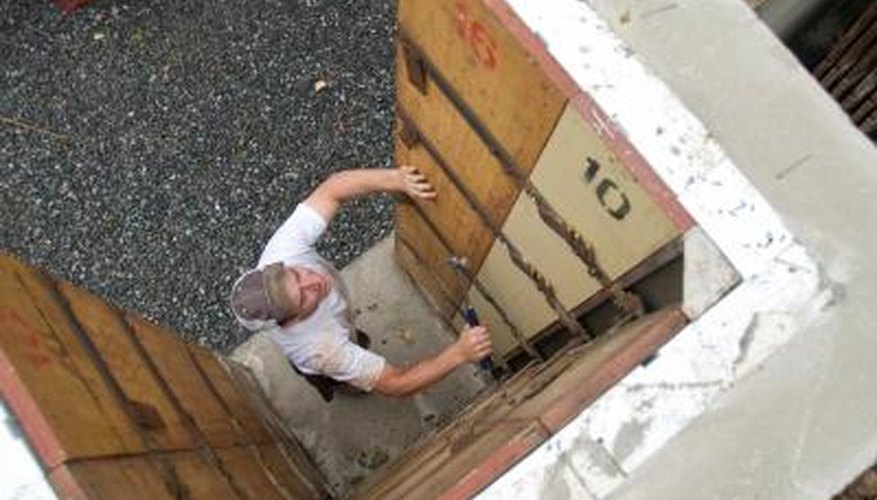Phenolic foam insulation used to be available in board form, but today is only sold as a type of foamed-in-place insulation. It offers many advantages, including excellent density and an R-value of 4.8 per inch of thickness, which forms an effective barrier against heat transfer and thus helps you save energy around the house. However, phenolic foam insulation has some drawbacks of which you should be aware.
Shrinkage
Phenolic foam insulation is known to shrink after curing (placement) in the walls of your home or between floorboards. This shrinkage can be as pronounced as 2 per cent, which is enough to cause significant air leakage and heat transfer. Thus, you may have to reapply the foam insulation to treated areas once the initial material has had a chance to set.
Steel Deck Corrosion
If you have phenolic insulation in your roof, you should be aware that it can cause severe corrosion of your roof's steel deck, which can lead to serious structural weaknesses. While production of phenolic roof insulation was discontinued in the United States in 1992, find out whether or not it was used to insulate your roof if your roof was last worked on prior to that date.
- Phenolic foam insulation used to be available in board form, but today is only sold as a type of foamed-in-place insulation.
- If you have phenolic insulation in your roof, you should be aware that it can cause severe corrosion of your roof's steel deck, which can lead to serious structural weaknesses.
Environmental Hazards
Phenolic foam insulation has a significant environmental impact, exceeding that of other insulation materials. Significant amounts of petroleum and natural gas must be burnt during the manufacturing and refining processes, though the insulation industry has ceased to use chlorofluorocarbons (CFCs) in the manufacture of foam insulation products.
Deterioration
Phenolic foam insulation will deteriorate if it is exposed to moisture or sunlight for extended periods of time. While it will be safe from sunlight exposure inside your walls or between your floorboards, it is important that you control humidity levels in areas of your home which have been treated with phenolic foam insulation or you risk compromising its efficiency.
